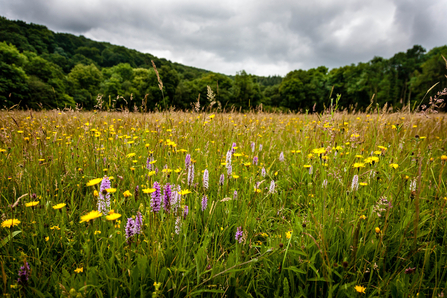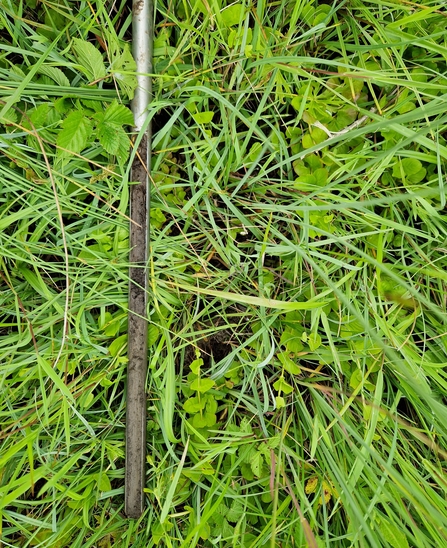
Big Meadow at The Knapp & Papermill by Paul Lane
Throughout the last month I’ve been out and about across our meadows and grasslands sampling the soil to see how much carbon they’re storing.
One way to help the Trust achieve net zero carbon emissions by 2030 is to increase the amount of carbon that we can store within our own nature reserves. This isn’t just an ambition for the climate; storing carbon can also benefit the health and ecology of the reserves too. Carbon becomes stored in the soil through organic matter - all the material that came from living organisms, such as roots and decomposing leaves. As a rule, the greater the amount of soil organic matter, the more carbon is being stored in the soil and the more nutrients will be released by the activity of soil microbes. Conventional management of species-rich grasslands, however, usually requires nutrients to be depleted in order for a diversity of wildflowers to thrive and not be outcompeted by dominant grasses. So it’s important to test the soils to see if they contain the right amount of nutrients and organic matter.




